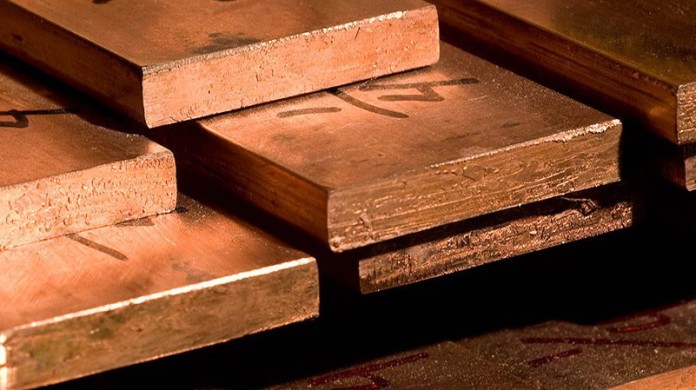
COMMODITY prices kicked on in the early days of 2018 – the Bloomberg Commodities Spot Index jumped to its highest since December 2014 on January 5 – raising the valid question as to whether mining stocks were due another implosion as they had in 2011 after a prolonged rally.
But analysts believe there are significant differences between 2011 and today and are recommending their clients to stay in certain mining stocks with BHP and Glencore the most commonly cited. “We continue to think that the combination of modest growth, improving returns and capital efficiency should lead to a re-rating,” said Macquarie in a report about diversified mining stocks.
It’s most important observations were that mining firms had not spent hell for leather as they had in the lead-up to 2011 and that from a demand perspective, the growth wasn’t all related to the performance of China. Back in 2011, the European debt crisis had derailed a lot of mature economies; now those economies were back on track.
Supply is also constrained, said Goldman Sachs in a report.
Peak capital expenditure was in 2012/13 and projects related to that capex have mostly been delivered, it said. “We believe capex will rise in 2018 mostly as a result of catch-up, but the volumes from this capex will arrive in 2021/22 so this isn’t a concern to supply-demand balances, in our view,” the bank said.
According to Macquarie, there was also less chance of resource rent grab from host countries because mining companies were much more transparent on their tax payments – although tell that to the mining firms operating in Tanzania where law changes suggest a tax grab is very much the dish of the day.
“Strong growth sentiment together with a renewed push towards US infrastructure bill sets up a stage for a strong 2018,” said Goldman Sachs. The bank’s economists were bullish on global growth forecasting real GDP growth of 4.1% this year, it said.
“Also news flow from China suggests policy makers are likely to keep the growth target at around 6.5% – in line with our economists view – which should assuage any immediate investor concerns that growth would fall off a cliff amid a push to tackle debt,” it said.
From a South African perspective, the picture is always slightly muddied by the performance of the rand which is liquid and volatile. Currently, the perception of fundamental political change in the country which would result in a new pro-investment administration, has seen the rand strengthen against the dollar.
In the case of the JSE’s gold counters are receiving roughly R40,000 less per kilogram of gold produced than a month ago because the rally.
Yet the prospects for gold seem encouraging. The World Gold Council reported last week that on a percentage basis, currency-hedged gold-backed exchange traded funds had some of the strongest growth during 2017. Overall, gold-backed ETFs added 197.5 tonnes in 2017, growing assets by 8.4%.
Said Ole Hansen, head of commodity strategy at Saxo Bank: “The metal sector, led by gold and silver, saw strong demand as the yellow metal continued its record-breaking run of consecutive gains. This comes in the wake of the December 13 rate hike and the US tax deal which helped weaken the dollar.”











